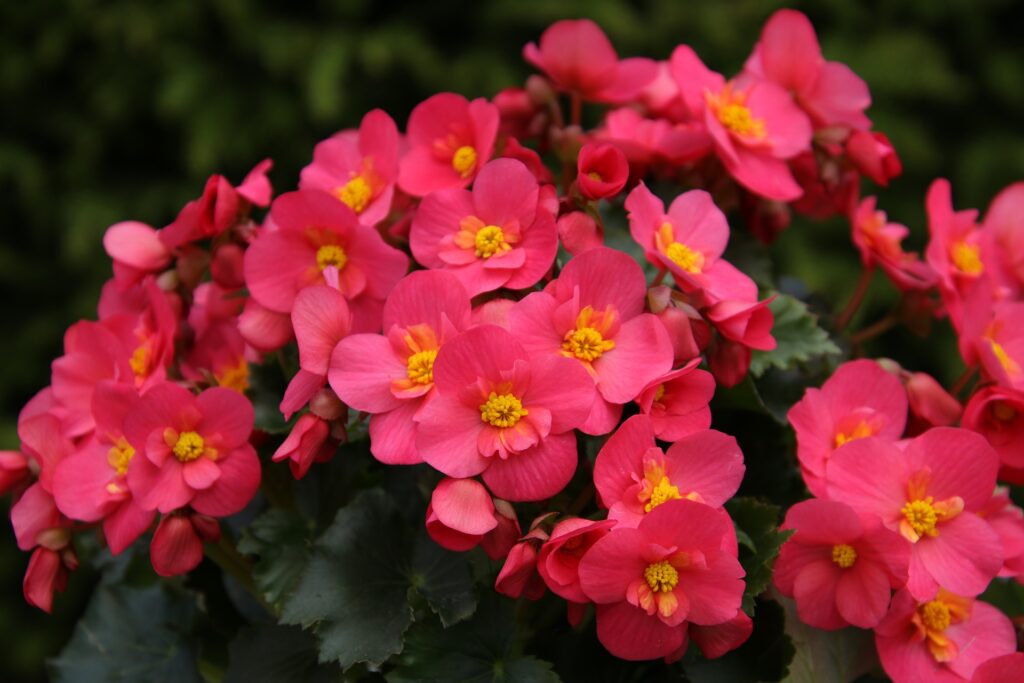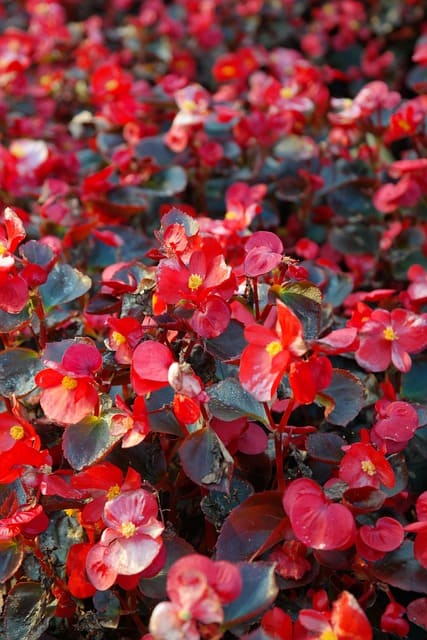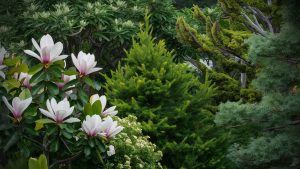In this guide, we’ll walk you through everything you need to know about propagating begonias in water, from selecting the right cuttings to caring for your new plants.
Why Propagate Begonias in Water?

Propagating begonias in water offers several advantages:
1. Clear Visualization of Root Development
Water propagation allows you to see the root growth as it happens. This can be exciting and informative, giving you insights into the health and development of your plants.
2. Less Stress for the Cuttings
Cuttings taken from a plant and placed directly in the soil can experience transplant shock. Water propagation allows them to establish roots in a liquid medium, making the transition to soil easier later on.
3. Simple and Inexpensive
You don’t need special tools or materials. All you need is water, a container, and some patience. It’s a cost-effective way to expand your plant collection.
What You Need to Get Started
Basic Supplies
Healthy Begonia Plant: Choose a well-cared-for plant with vibrant foliage.
Clean Container: A clear glass or jar works best, as you want to monitor root development.
Water: Use distilled or rainwater if possible, as tap water can contain chemicals that may harm the cuttings.
Step-by-Step Guide to Propagation
1. Selecting the Right Cutting
Look for a healthy stem on your begonia that’s at least 4-6 inches long. Make sure it has a few leaves attached. Avoid stems that look limp, discolored, or damaged.
2. Taking the Cutting
Using sterilized scissors or pruning shears, cut just below a node (the bump where leaves emerge from the stem). This is where roots will develop.
3. Preparing the Cutting
Remove the lower leaves from the stem, leaving only a couple of leaves at the top. This reduces the amount of water the cutting will lose while rooting.
4. Placing the Cutting in Water
Fill your container with enough water to submerge at least one node of the cutting, but ensure no leaves are underwater as they can rot.
5. Finding the Right Environment
Place the container in a warm, bright spot, but avoid direct sunlight as this can heat the water and stress the cutting. A spot with indirect light is ideal.
6. Changing the Water
Change the water every week or so to keep it fresh and oxygenated. This helps prevent algae growth and provides a clean environment for root development.
7. Expecting Root Growth
After about 2-6 weeks, you should start to see roots developing from the node submerged in water. The time frame can vary based on the species of begonia and environmental conditions.
8. Transitioning to Soil
Once your cutting has developed a robust root system (typically 2-3 inches long), it’s time to transfer it to soil. Choose a potting mix that drains well, as begonias prefer slightly moist but not soggy soil.
9. Caring for Your New Plant
Water the begonia after potting and place it in a spot with bright, indirect light. Maintain humidity around the plant, as begonias enjoy moisture. You can mist the leaves or use a humidity tray to provide the necessary atmosphere.
Troubleshooting Common Issues

While propagating begonias in water is generally straightforward, you may encounter some issues:
Yellowing Leaves
If the leaves are yellowing, it could be a sign of too much direct sunlight or insufficient nutrients. Ensure the cutting is receiving indirect light and consider supplementing with a diluted liquid fertilizer once it’s in soil.
Root Rot
If you notice a foul smell or mushy roots, your cutting may be suffering from root rot due to stagnant water. Make sure you’re changing the water regularly and avoid submerging the leaves.
Conclusion
Propagating begonias in water is a gratifying process that allows anyone to expand their plant collection with minimal effort. Whether you’re looking to create new plants for yourself or share them with others, this method is effective and enjoyable. As you watch your water-rooted begonias thrive and grow, you’ll gain a deeper appreciation for these beautiful plants.





